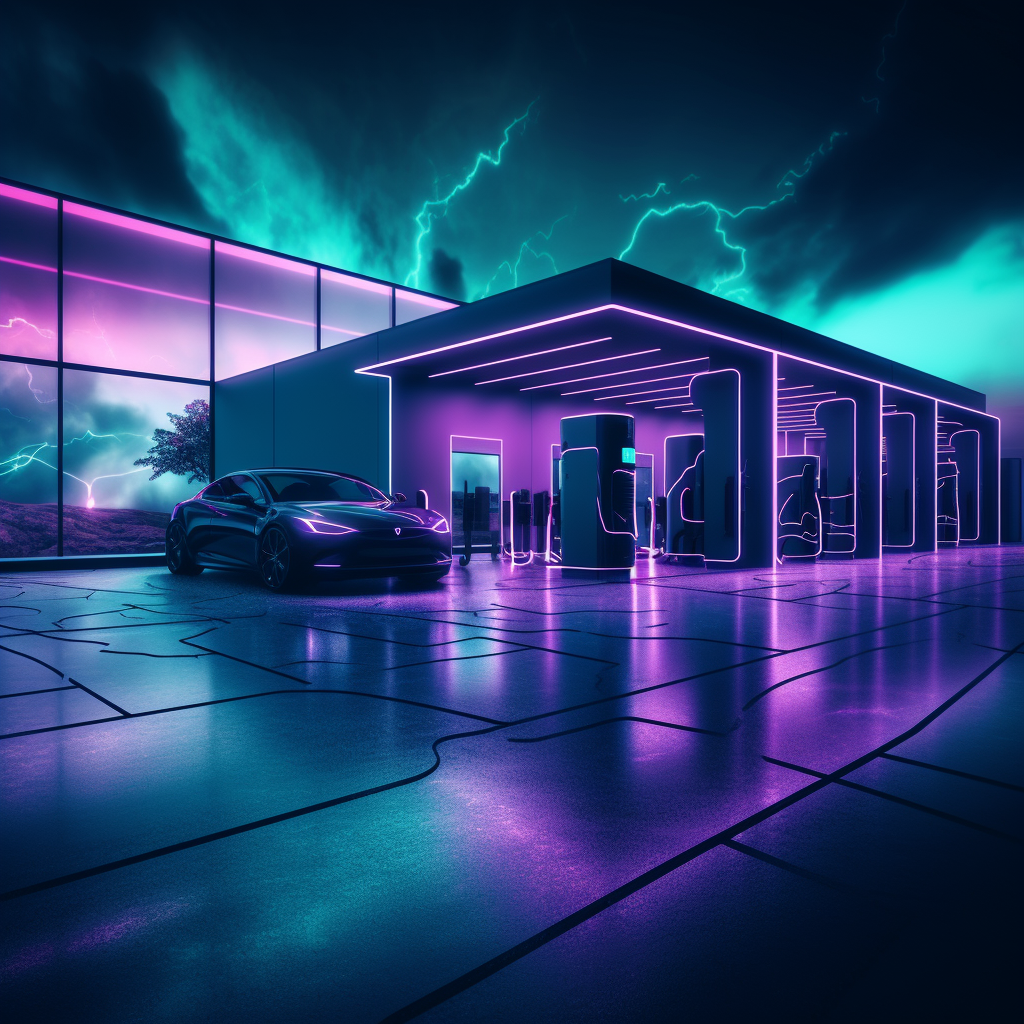To help create the new technology needed to ensure that the necessary systems will be able to maintain the proper temperature in space, NASA’s Biological and Physical Sciences Division sponsored a team to tackle the problem. The team behind the technology is led by Issam Mudawar, Purdue University’s Betty Ruth, and Milton B. Hollander, Family Professor of Mechanical Engineering. This technology will not only achieve orders-of-magnitude improvements in heat transfer but will also be much smaller and lighter.
Although geared toward NASA’s space missions, the technology could also be very beneficial right here on Earth for the EV market. The team working on the technology created what they call the Flow Boiling and Condensation Experiment. Its purpose was to help conduct two-phase fluid flow and heat transfer experiments on the International Space Station. After being tested and delivered to the Station in August 2021, scientists were able to microgravity flow boiling data early this year.

A full breakdown of how FBCE works can be found on the NASA website (https://science.nasa.gov/technology/technology-highlights/cooling-technique-developed-for-space-use-makes-charging-electric-cars-on-earth-quicker-and-easier), but it involves a subcooled flow boiling technique. Taking advantage of liquid’s lower temperature as well as phase change capabilities resulted in considerable improvements in heat transfer effectiveness. This same tech can be a massive boon to the EV industry, and test results are already looking very promising. The team applied the “subcooled flow boiling” principles to EV charging by pumping non-electrically conducting liquid coolant through the charging cable. Doing so allowed it to capture the heat generated by the current-carrying conductor, which made it possible to remove up to 24.22 kilowatts of heat. This meant that the team could deliver 4.6 times the current of the fastest available electric vehicle chargers on the market today. To put things into perspective, 1,400 amperes would be needed to reduce charging times on electric vehicles to five minutes. Mudawar’s team was able to provide 2,400 amperes through their charging cable. Since one of the critical barriers to the worldwide adoption of electric vehicles is still the time required to charge them, the application of this new technology could be a huge step forward for the market.











